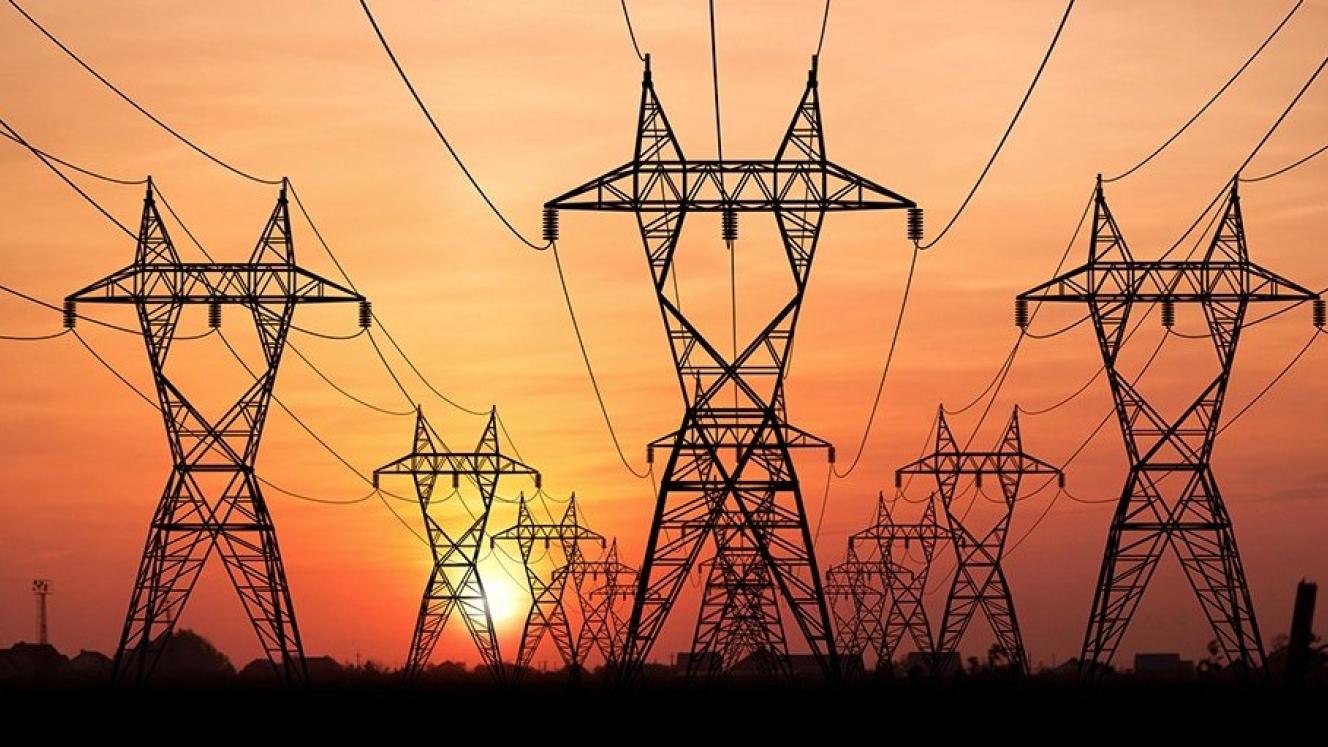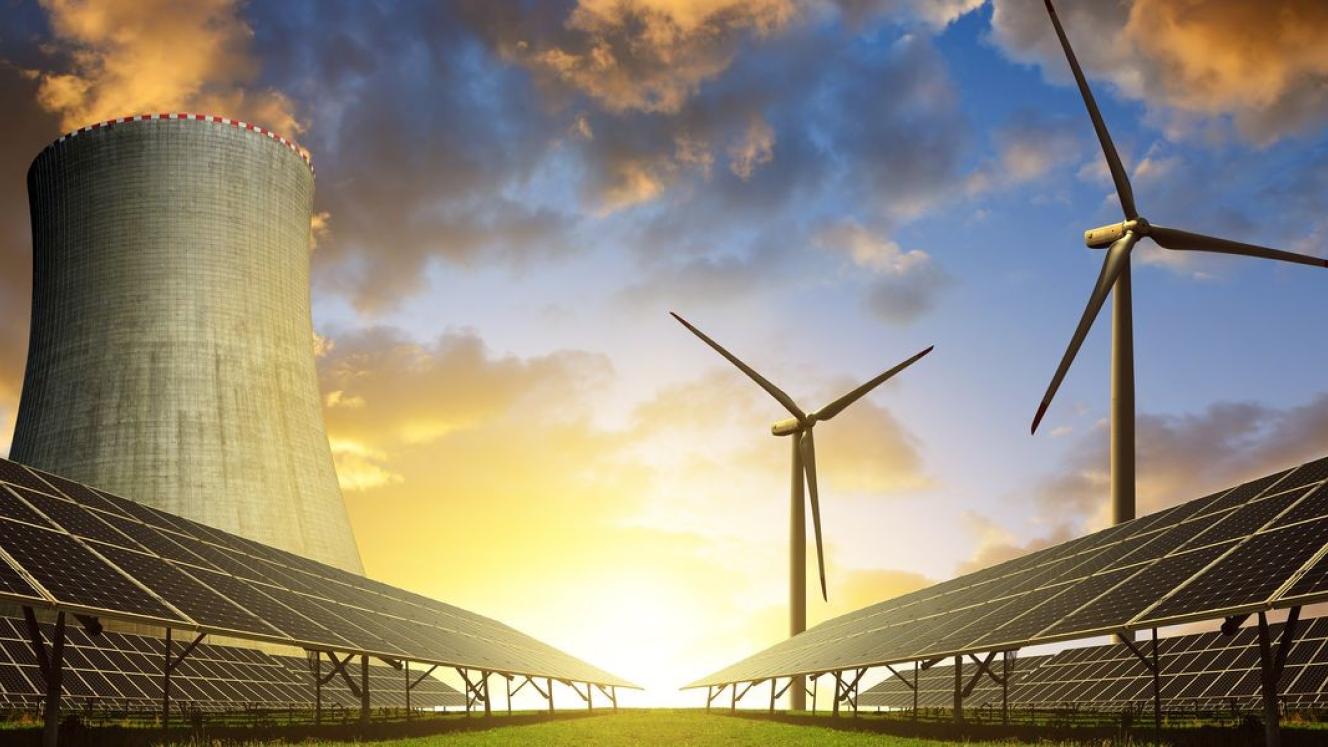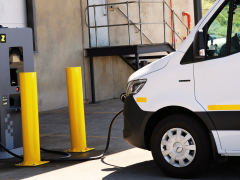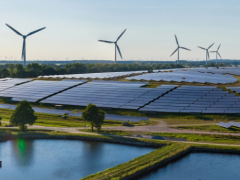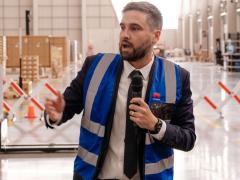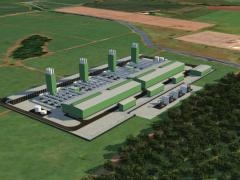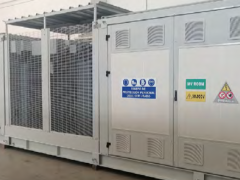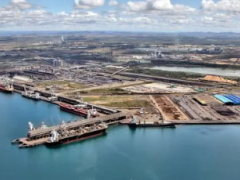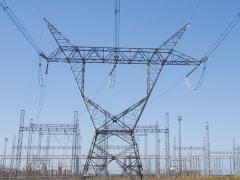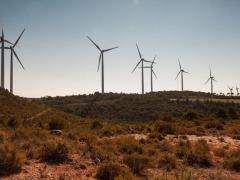With Eskom and the South African government unable to fund new transmission infrastructure, the Ministry of Electricity has turned to the private sector to deliver over 1 100 km of grid expansion.
The move, formalised in a Section 34 determination gazetted on March 28, allows the National Transmission Company South Africa (NTCSA) to contract with private developers to build key transmission corridors that will unlock renewable energy capacity.
In line with the Integrated Resource Plan and the Transmission Development Plan, 400 kV transmission lines and 2 630 MVA of associated transformer infrastructure, with a total approximate length of 1 164 km, are required in the Northern Cape, North West and Gauteng.
According to the determination, the infrastructure may be developed by “persons other than the person licensed for the transmission of electricity”, clearing the way for private participation in building and ultimately transferring this infrastructure to the NTCSA.
“The balance sheet of Eskom and the government cannot support the work that needs to be completed,” said Minister of Electricity Kgosientsho Ramokgopa, speaking at a public briefing on the determination.
Seven corridors have been identified and packaged into projects under what Ramokgopa called the independent transmission provider (ITP) pilot project. He said the infrastructure will be built, owned and transferred by ITPs.
The first of these projects is a 200 km line in the Northern Cape with completion planned for August 2029. Ramokgopa noted that the renewable energy potential in the Northern Cape is “almost unmatched across the world”.
“It is no mistake that we have exhausted capacity in the Northern Cape. For us to continue to benefit from these endowments, we need to focus on this province,” he said.
The new infrastructure is expected to unlock 3 222 MW of renewable energy, equivalent to 63% of the combined capacity of the Medupi and Kusile power stations.
“We know the strength of these electrons. We have targeted the ones we can unleash in the shortest space of time,” said Ramokgopa.
To make the procurement more attractive and reduce delays, the ministry will conduct a late-stage tender process in which permitting and licensing requirements are secured in advance.
“The last thing we want is to put together a programme that is unsuccessful because the market does not have the appetite to participate in it,” he said.
However, Ramokgopa acknowledged that challenges remain including a shortage of construction workers and engineers who have left the country.
He also warned against over-reliance on imports. “We need to domesticate the input into the building of wires, transformers and equipment. Otherwise, we are exporting job opportunities.”
The next step is the publication of a request for qualification, expected later this year, followed by evaluation and contracting.
“Then we will turn South Africa into a major construction site,” Ramokgopa said.
